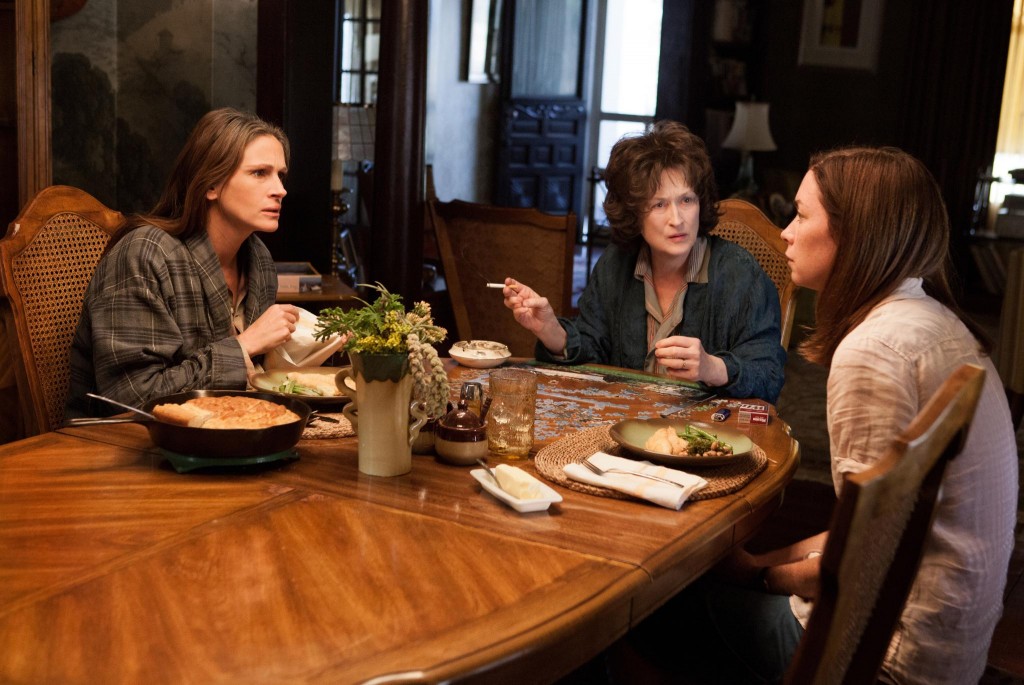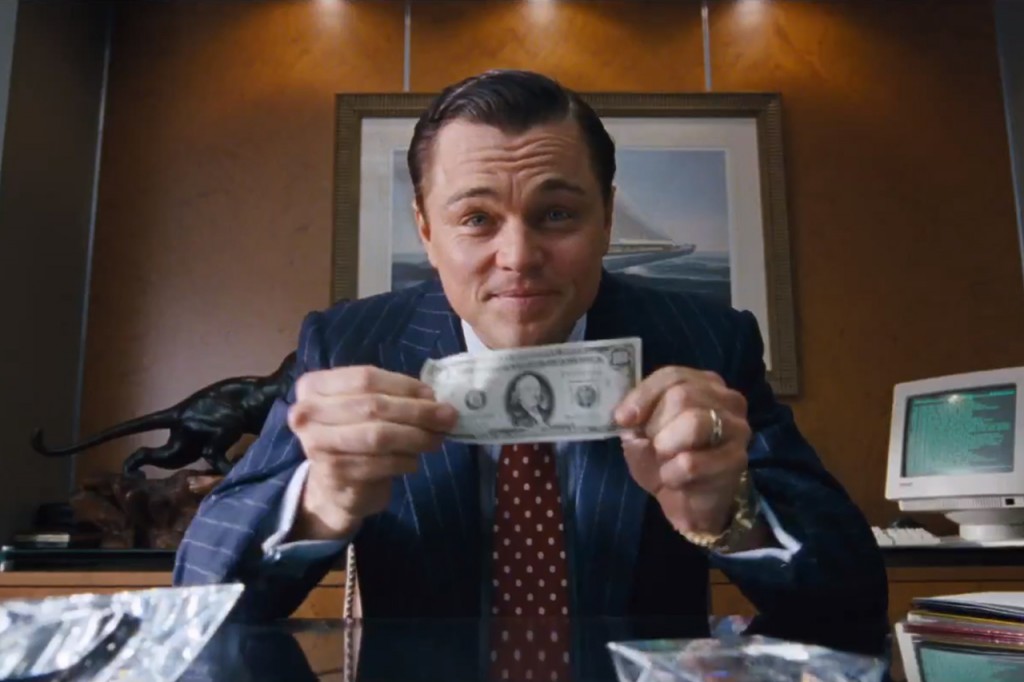Looking for ourselves in Looking
The afternoon of the day that HBO’s Looking premiered, the influential gay critic Alonso Duralde posted on Facebook, “Tonight is the premiere of LOOKING. The this-doesn’t-reflect-my-specific-queer-experience-so-boo-hoo-the-hell-with-it backlash is already in progress.” The producers and publicists of Looking, a half-hour dramedy about three gay men looking for love and sex in San Francisco, have generated so much hype in the gay press and the gay ghettos of social media that they quickly and unintentionally also generated an anti-hype machine. Almost immediately after hopeful articles appeared suggesting Looking might be as zeitgeist-defining for gay men as Girls was for young, urban women, the backlash began. Before anyone had seen an episode of the show, when all that was offered was thirty-second trailers and billboards in the real-life gay ghettos, people complained that it would too white, too shallow, too tame, not enough like Queer as Folk, too much like Queer as Folk. Praise often generates criticism, if only because contrarians exist and no aesthetic opinion has ever been universal, but I think something more specific is behind the arguments about Looking. Gay men rarely see accurate depictions of themselves reflected outside alternative, independent media, and when something like Looking deigns to represent their lives, gay men argue about what their lives are and what they should be.
Looking is written by the somewhat unknown Michael Lannan but directed by Andrew Haigh, who was responsible for Weekend, one of the most lauded gay films since Brokeback Mountain. Weekend was a naturalistic, emotionally and physically raw examination of modern gay lust and love, and Haigh’s involvement in Looking has a great deal to do with its pre-premier hype. And the first episode of Looking looked and felt like Weekend, complete with slightly jagged hand-held photography, gorgeous and seemingly natural light, and dialogue quick-edited into impressionistic snippets rather than linear conversations. While the opening scene featured both a furtive, aborted hook-up in a wooded park and a much less awkward threesome, the sex in Looking is not as daring or as explicit as it was in Weekend, or for that matter, Queer as Folk.
Otherwise, I could not tell whether the show could be as transformative or as disappointing as hoped or feared. There’s not much characterization or plotting you can do in 29 minutes, especially when tone and atmosphere are as important to Lannan and Haigh as story or backstory. We do know that 29-year-old Patrick (Jonathan Groff, best known for Glee and Spring Awakening) is single and doesn’t want to be and gets nervous and awkward when meeting men. Dom (Murray Bartlett), who is older and chiseled and full of swagger, is a direction-less waiter who until this episode has never been rejected by a man he was interested in. Bearded Augustín (Frankie J. Alvarez) decides to move in with his boyfriend, and then he promptly initiates a threesome with a co-worker. The humor is light and wry, the drama slow and subtle; the emotion comes from what is not said, from glances, expressions, and meaningful silence.
Looking is the anti-Girls, which is all about narcissistic, consciously witty monologues; whereas Girls is lily-white and as stagey as Woody Allen, every moment in the much more racially diverse Looking is meant to be as believable as hidden camera documentary. And unlike Girls, whose protagonist is a completely normal woman who has both typically and atypically pretty friends, Looking features one nearly perfect-looking man after another, men who seem only to be interested in men like themselves.
Herein lies the conflict and contention. I doubt too many viewers would claim that the problems of dating, mating, and monogamy are foreign from the actual gay experience. And I know groups of friends who are strangely, if not uniformly, young and attractive; Patrick, Dom, and Augustín do happen. But most gay men do not experience their lives like the men in Looking. They either aspire to these lives and looks or they are focused on something else completely. The majority do the latter: they’re suburban dads, small city bears, genderqueer kids who can’t and don’t imagine themselves living in the Castro. If there were multiple depictions of gay men on national television, I doubt few people would be angry about Looking. But most gay characters on television are witty sidekicks consciously constructed to play well in Peoria. For example, very little about Mitchell and Cam on Modern Family rings true, even if they’re funny and probably great for the cause.
Looking is the first major American television series to treat gay men like living, breathing human beings. And no human being, no three human beings, can represent an entire community or culture. Haigh recently told The Atlantic, “It never was our intention to be the ultimate gay show about all gay people. We just want to tell the stories of these characters and their lives.” But when there are so few shows with gay characters and only one with believable gay protagonists, that one will seem like it is trying to be that ultimate, and that one will disappoint, even anger the people who don’t identify with its characters. This is not the fault of Lannan, Haigh, or HBO; it’s a problem with the larger heterosexist culture, one that we all have to work to change.
Looking
Episode 1: “Looking for Now”
Written by Michael Lannan
Directed by Andrew Haigh
Starring Jonathan Groff, Frankie J. Alvarez, and Murray Bartlett
Looking airs Sunday nights on HBO, starting January 20.


